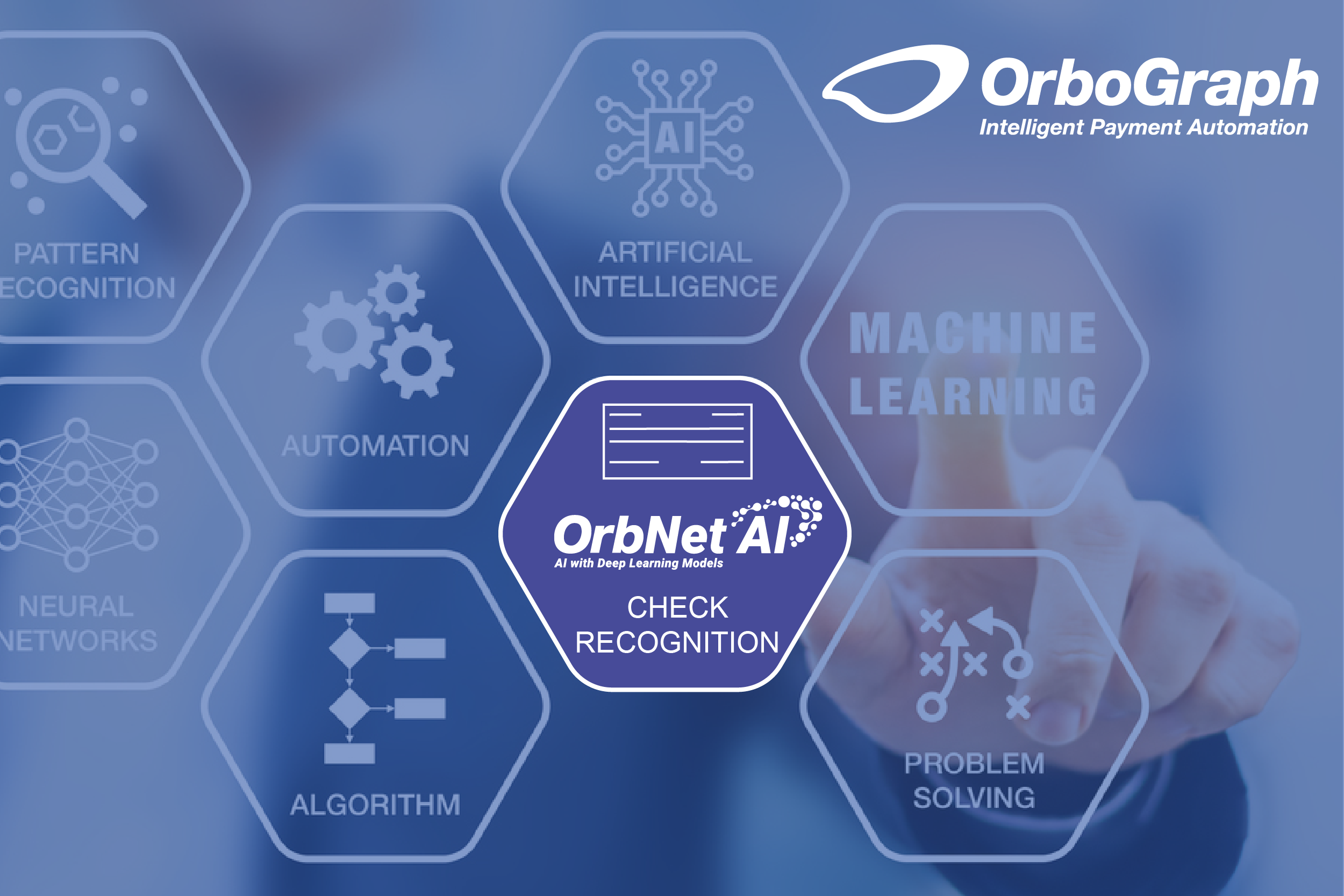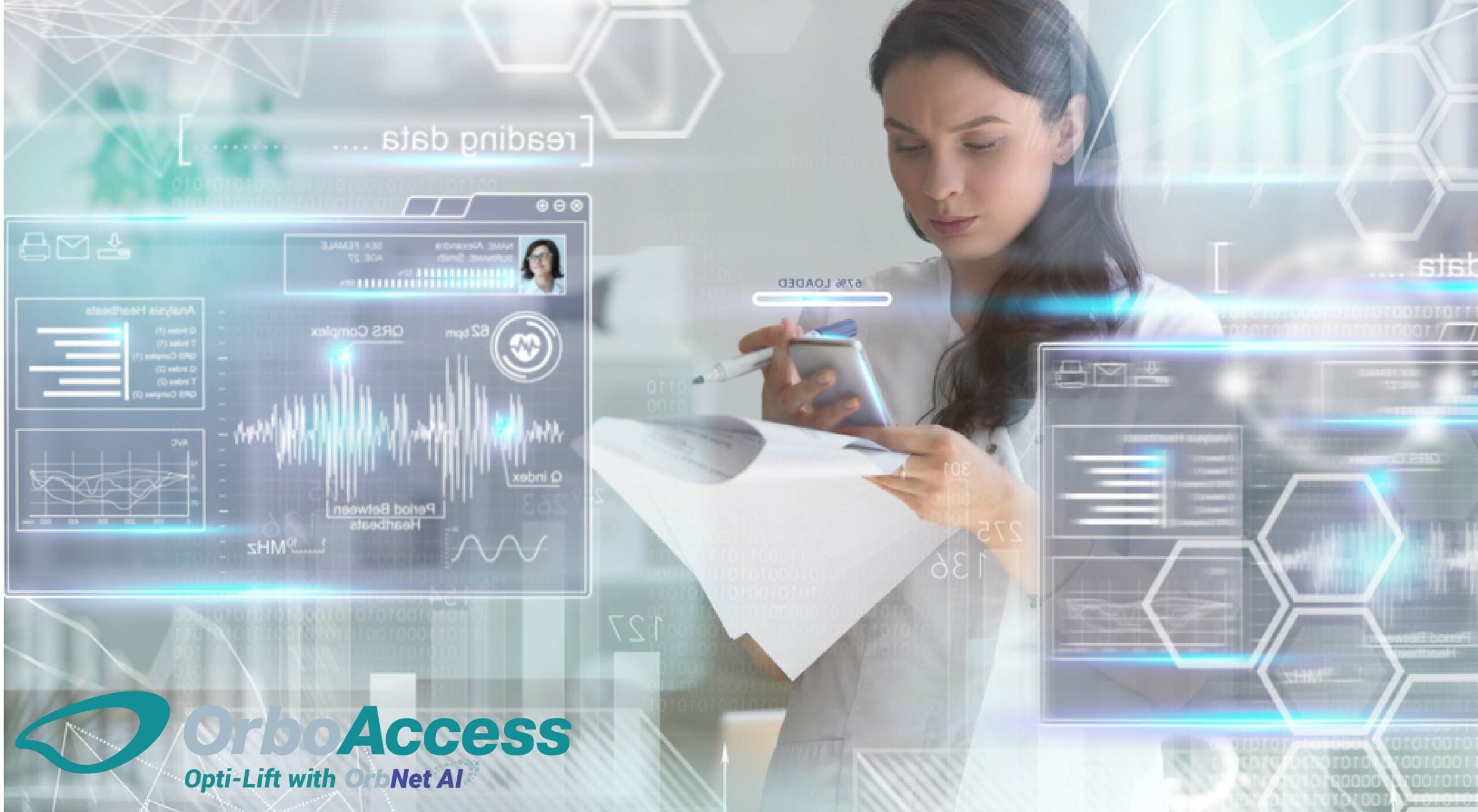Automation – NOT Replacing Humans
If you are a reader of American Banker, you may have come across "Leaving the ‘numbing’ tasks to machines" (fear not, you can access the article free through a guest account.) The article addresses a common misconception that automation -- and the underlying technology such as Artificial Intelligence and Machine Learning -- is here to replace humans.

Put simply, this is NOT the goal of automation. Much of the misconception originally stems from factory workers being replaced by robots in manufacturing. However, for the banking and healthcare payments industry, automation is here to alleviate employees from the burden of "numbing" tasks, freeing them for more rewarding responsibilities.
Let's take a deeper dive on how automation is leveraged in check processing, check fraud, and healthcare payments industries.
Check Processing Automation
Only a few years ago, banks and their fintech vendors were leveraging OCR technologies that peaked at 85-88% read rates. That meant that out of 1000 checks being processed, a teller or a back-office employee would need to manual key 120-150 checks. This might not be a huge burden for a smaller bank or credit union, but for mid-sized to larger financial institutions, this is a huge load.
However, with deployment of AI and ML technologies for check recognition, we are seeing read rates of 99% with accuracy levels over 99.5% -- reducing the "numbing" task of manually keying checks to nearly zero. This enables tellers to engage the clients and improve customer service, and bank-office employees can focus on revenue generating tasks.

Focused Check Fraud Review
We have noted in Modernizing Fraud with AI the issues that arise from fraud analysts needing to review thousands of flagged items. This task takes an enormous amount of time and effort from fraud analysts to ensure that the check payments are not counterfeited, forged, or altered -- particularly from banks that process thousands of checks daily.

The emergence of image-analysis technology leveraging forensic AI is alleviating the burden by reducing the amount of false positives needed to be reviewed. This lowered the number of items fraud analysts are manually reviewing, instead focusing on the items that require human intelligence.
Revenue Cycle Automation
As we noted in the post Machine Learning: Giving RCM Workers Superpowers? from the Modernizing RCM with AI blog:
Healthcare continues to be fraught with paper documents which contain important and essential information. However, to extract this data manually is a task that is burdensome and would take a superhuman effort to complete with no errors.
That's where integrating Machine Learning technologies plays a huge role in granting healthcare workers and RCM servicers "superpowers" to complete these tasks at a superhuman efficiency level.
Healthcare organizations and RCM servicers need to understand how they currently process paper remittances/EOBs and correspondence letters. In many cases, these processes are relying heavily on manual data entry -- when Machine Learning technologies have the capability to electronify these documents faster and with fewer errors. Furthermore, electronification of these documents can then be imported into their systems to streamline the payments process and also be utilized for business intelligence.

It's time that the banking and healthcare payments industries put the notion that "AI and ML technology is replacing humans" to rest. These technologies are here to automate tasks, alleviating the burden from employees and, in some cases, granting these humans "super powers."